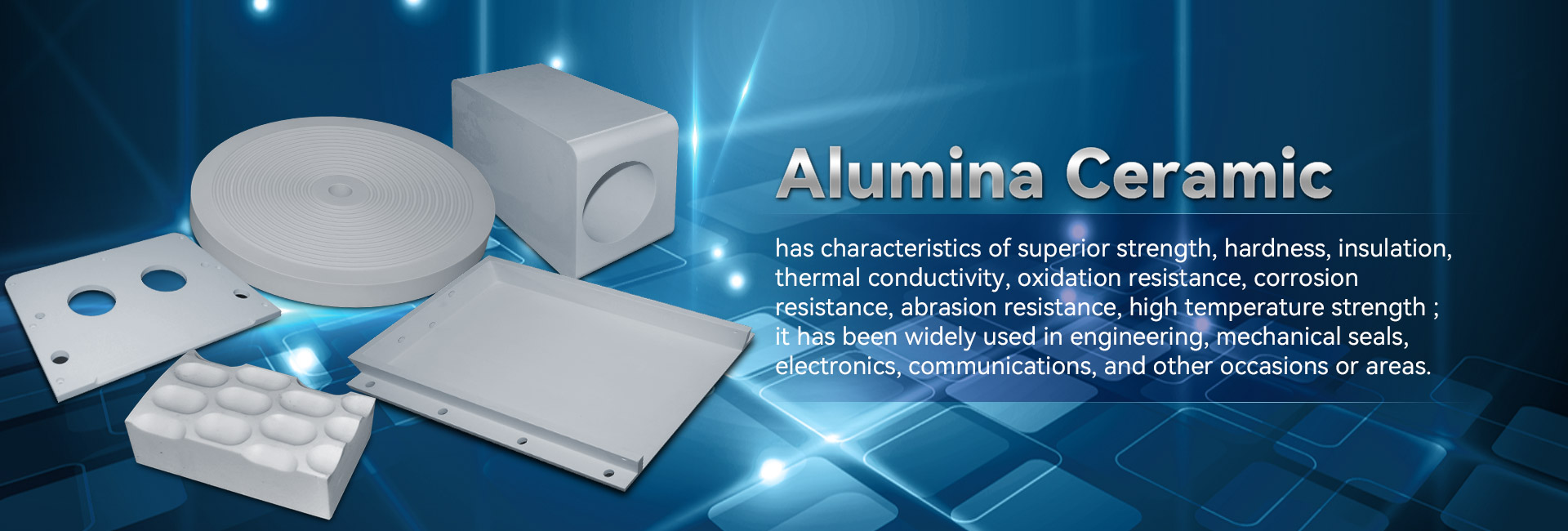
Specialized alloy boast unique material attributes, enabling them perfect for a wide range of purposes. Emerging from aerospace and motor industry to electronics, these products are rapidly enhancing to comply with the requirements of a leading-edge industry.
- Their durability and defense to intense settings make them essential for top-tier apparatus.
- Additionally, technical ceramics yield benefits in terms of longevity, promoting the improvement of leading-edge mechanisms.
Forming Compounds: Assembled for Enhanced Capability
Developed ceramics excel in demanding deployments due to their extra special qualities. Produced from carefully picked raw constituents and going through meticulous processing techniques, these advanced composites present exceptional strength, dulling resistance, and endurance to demanding climatic conditions, decay, and scraping. From space elements to cutting tools, industrial ceramics contribute peerless functionality across diverse markets. Their malleability allows withstanding stringent states, certifying longevity and soundness. As innovation progresses, the need for advanced components grows, cementing the major part of industrial ceramics in shaping a thriving tomorrow.
Pioneering Ceramics: Expanding Substance Barriers
Elements, exhibiting outstanding hardness and longevity, are underwent a revolution. Advanced ceramics, manufactured with scrupulous control over their structure and fine structure, breaking the confines of what is feasible. These compounds present a extensive assortment of traits, appointing them fit for rigorous territories such as aviation, medical science, and resources. From slender parts that resist extreme thermal conditions to non-toxic implants that meld fluidly with the flesh, advanced ceramics are recasting our surroundings.
Careful Ceramic Creation: Addressing Rigorous Specifications
Advanced ceramic fabrication has grown significantly in recent eras, enabling the construction of complicated and highly operational ceramic parts. These segments are essential across a extensive range of markets, including space, healthcare, and technological domains. Fulfilling the stringent demands for these purposes calls for exact fabrication processes that provide for dimensional accuracy, surface finish, and material qualities. Advanced ceramic fabrication processes adopt various methods, including slip casting, injection molding, and additive manufacturing. These tactics grant the building of intricate designs and fine features with unmatched repeatability. What's more, advances in material technology have given rise to new ceramic compounds endowed with heightened characteristics. These forms exhibit increased strength, sturdiness, and tolerance to critical energy conditions, enabling their use in critical sectors.
The potential for detailed ceramic fabrication are enormous. As explorations and evolution go forward, we can predict even more refined approaches and forms that will moreover broaden the confines of what is achievable in this domain.
Elite Ceramic Forms for Challenging Circumstances
High-tech ceramic compounds show extraordinary robustness and stamina against severe environments, making them well suited for rigorous actions in military areas. These cutting-edge ceramics can resist extreme warm loads, withstand deterioration, and retain their structural integrity under rigorous stress stresses. Their incomparable atomic properties support solid function in harsh locales, including thermal devices, gas turbines, and power stations.
- Ceramic matrix composites
- Thermal stability
- Decreased bulk
Ceramic Hybrids: Fusing Robustness and Capability
Alloyed ceramics provide a compelling mix of mechanical strength and distinct specialized properties. Through the merging of ceramic fragments within a scaffold, these blends achieve outstanding qualities. This mixture results in heightened fortification against high heat exposure, wearing, and chemical degradation, rendering them perfect for rigorous functions in flight, driving, and resources industries. Furthermore, ceramic composites can be personalized to possess individual properties like electrical conductivity or biocompatibility, enhancing their reach across diverse realms.
Structural Management in Next-Generation Ceramics
Gaining desired features in advanced ceramics repeatedly calls for meticulous manipulation over their internal structure. Multiple refinement factors, including sintering heat magnitude, extent, and atmosphere, alongside the mixing of dopants or ancillary phases, importantly affect the structure of microstructures, permeability, and other microstructural peculiarities. Rigorous customization of these settings allows for the amplification of toughness, break resistance, and thermokinetic conductivity. Specifically, upsizing the sintering thermal exposure can foster grain inflation, thus increasing thickness and improving mechanical durability. Conversely, handling the firing atmosphere may transform the oxidation level of the ceramic, thereby influencing its electrical resistance or magnetic characteristics. Knowing these relationships between microstructure and properties is key for producing advanced ceramics with designed performance suitable for numerous deployments.
Wear-Resistant Ceramics: Fortifying Toughness
During stringent engineering industries, where sections are exposed to constant rubbing and damage, products with notable toughness are urgently vital. Wear-resistant ceramics have manifested as a foremost resolution, offering unparalleled endurance and quality in varied domains such as workshop, mining, and aerospace. These high-tech elements possess a singularity texture that enhances their potential to counteract damage. By utilizing the inherent durability and substance of ceramic blends, engineers can design sturdy elements capable of surviving the most tough operating situations.
Biocompatible Ceramics: Uses in Therapeutics
Clinically safe ceramics have transformed the hospital market, yielding an array of useful qualities for diverse works. These composites are passive within the physiology, minimizing inflammatory responses and supporting healing. A prime operation for biocompatible ceramics is in bone fixation devices, where their rigidity sustains long-lasting security to damaged biological tissues.
In addition, they are utilized in tooth restoration, delivering a steady and harmonious solution for dental implants. Ceramics also hold a key duty in medication delivery, empowering the accurate transport of therapeutics to specific places within the human system.
- Over and above, biocompatible ceramics are progressively being examined for regenerative medicine, serving as a structure for restoration.
- Therefore, the horizon of biocompatible ceramics in medical science looks positive, with continual work expanding their usages.
Advanced Ceramic Sensors: Enabling Consistent Quantifications
Ceramic sensors have appeared as vital components across a multifaceted array of realms. These devices make use of the individual properties ceramic tube of ceramic elements to deliver highly exact calculations. Their toughness in {demanding|harsh| 